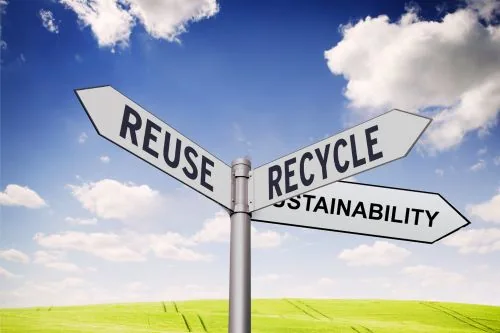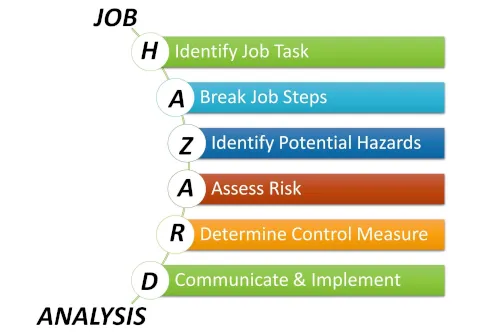Sustainability, Recycling and Reuse
Responsible Chemicals Management based on Safety Data Sheets
Introduction
At a time when environmental sustainability is a global priority, companies are reinforcing their commitment to responsible management of the chemicals used in their operations. A key aspect of this transition is the link between sustainability, recycling and reuse of chemicals, the critical hazard details of which can be obtained from the Safety Data Sheets (SDS). In this article, we will explore how an informed approach based on SDS can improve the ecological footprint of companies, reducing waste and promoting safety in the use of these substances.
Why Safety Data Sheets?
SDSs are essential information documents provided by chemical manufacturers. These sheets contain detailed information on hazardous components and the potential health and environmental risks associated with these substances. They are a vital tool for ensuring safe and responsible use of chemicals on the farm. Understanding in detail the hazard data that are in the SDSs also helps in establishing the right handling, storage and disposal procedures.
Sustainability and SDS Information.
When it comes to sustainability, access to the correct information on SDSs is critical. These documents provide a comprehensive overview of the potential environmental and safety impacts associated with the use of a specific chemical. Based on this information, companies can make informed decisions regarding the purchase, use, and disposal of chemicals, aiming to reduce the use of hazardous substances or implement more appropriate protective measures.
Recycling and Reuse Informed
To be able to prepare an effective circular economy plan, it is essential to go and analyze the Raw Materials used in your company's production process. If you do not know the hazard levels of the incoming substances, you will not be able to prepare a plan that provides for the proper recycling of the substances used or arrange for their proper reuse. In addition, the responsible and safe management of chemical waste generated by companies is a crucial aspect of environmental sustainability.
By deepening the analysis of the chemicals in use, if the risk levels are not within the sustainability policies, it will be possible to research and possibly identify safer and more suitable alternatives, allowing companies to adopt a preventive perspective and minimize the use of harmful substances.
Business and Sustainability Benefits
Using SDSs as the information base for chemical management offers undoubted benefits for both the company and the environment. Greater awareness of potential hazards enables companies to implement safer work practices, reducing accidents and the likelihood of exposure to chemical hazards. This can translate into improved corporate reputation and the retention of customers and consumers sensitive to safety and sustainability issues. From an ecological perspective, the use of information from SDSs can help implement policies to reduce the overall environmental impact of company operations, minimizing the generation of hazardous chemical waste and contributing to more sustainable resource management.
Conclusions
The data obtainable from SDSs are an invaluable resource for companies wishing to take a sustainable approach to chemical management. With this information at their disposal, companies can better plan their recycling, reuse and disposal strategies, reducing their environmental impact and protecting the safety of their employees and the surrounding community.
Eduardo Affinito
Every Software Solutions
Our team is here to help you manage SDSs and keep track of hazardous substances!





















